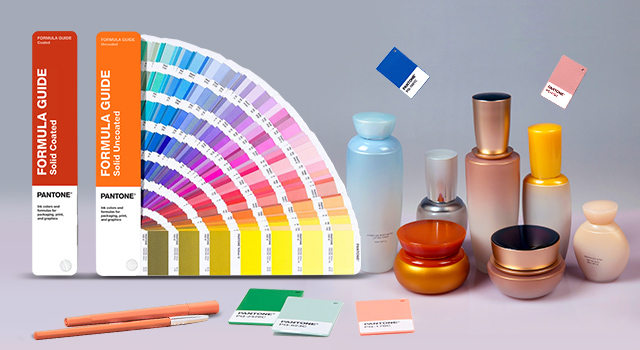Of all the technological miracles during the past 75 years, advances in desktop publishing (DTP) represent some of the most impressive developments — from manual typewriters to memory-card typewriters, dot-matrix printers, stacked-feed paper, high-speed laser printers, the Internet, desktop scanners, digital cameras and beyond. Home computers now possess the data processing capabilities that previously required an entire room of bulky computers. Since the days of manual typesetting, graphic design and prepress tasks are really not that far behind us, Artwork Abode wants to pause and take a brief look backward in time with a history of desktop publishing timeline.
Page Layouts in the Middle Ages
The work process involved in page design during the Middle Ages bears some remarkable similarities to modern page layouts — starting with overall page design, proceeding to decorative borders and then adding text content along with images. A sophisticated division of labor involving rubricators (to fill in red text), illustrators (predecessors of graphic designers), scribes (writers) and artists was common.
Progress to Fine Typesetting
Gutenberg’s movable type press during the 1450s was the beginning of “volume publishing” — the Bible was ultimately the first major book printed with a movable type process. While initial publication of the Bible only represented an estimated 175 copies or so, Gutenberg’s press is still viewed as one of the biggest publishing achievements during any era before or since. Even before Neil Armstrong went to the moon, Gutenberg truly made one giant leap for mankind and womankind.
Publishing in the Typewriter Era
As recently as the 1960s and 1970s, “copy and paste” was not yet a reality. Writers, publishers and printers were still engaged in a predominantly manual process that involved physically designing each page one at a time. Carbon paper was still relied upon by writers and typists to maintain a flimsy copy; correction tape and liquid paper was still used to fix typing errors along the way. Even with the initial transition from manual to electric typewriters, it seemed that little had really changed since the days of Gutenberg’s invention and publishing breakthrough.
The Dawn of Desktop Publishing
The 1980s began the next big steps forward in the history of desktop publishing. IBM’s Personal Computer was launched and the day of PCs was born. Soon afterward, the Apple Lisa and LaserWriter were given a push forward by the advent of DTP software breakthroughs — in particular, Aldus PageMaker. Impressive documents could now be designed and published by individuals using off-the-shelf software and a standard computer. The desktop publishing software was eventually joined by Illustrator and other drawing programs. Bigger screens and faster networking contributed much of the momentum needed to make the Internet a new part of daily communication and publishing.
The Expanding Scope of DTP
The earliest days of desktop published revolved primarily around the print process. The DTP revolution led to an evolutionary transition that now involves many forms of publishing other than paper printing — websites, blogs, PDF files, smartphones, tablets and e-books are six leading contemporary examples of DTP-impacted products.
Keeping Up With the Trends
We now have labor and time-saving machines and software to help us complete desktop publishing functions — however, one unavoidable tradeoff is that the “DTP process” has become more complex with each new iteration. Individuals and businesses that do not regularly “keep up” with the latest desktop publishing trends can quickly fall behind their customers and competitors. Mastery of DTP often requires constant training and relearning of menu systems and procedures that are baffling and not at all intuitive to “non-geeks.”
In the face of constantly changing software and Internet practices, outsourcing many desktop publishing tasks to experts such as Artwork Abode makes practical sense — saving money and time while improving quality is always a winning business strategy.
The Future of Desktop Publishing
Where do you think desktop publishing is heading during the next decade? Please share your thoughts by using the social media buttons and leaving a comment.
– ArtworkAbode




